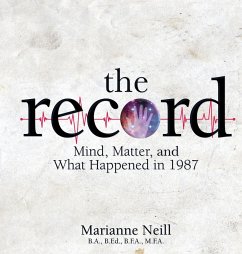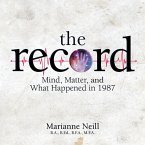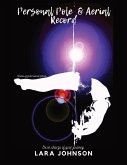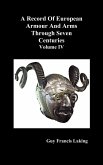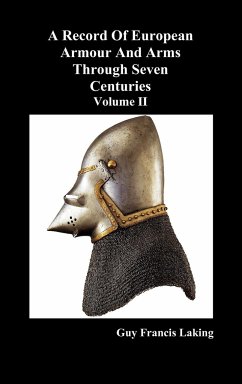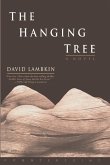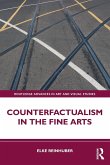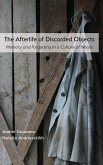A work of visual art and ideas, The Record-Mind, Matter, and What Happened in 1987 begins as a series of three art books in which two stories are told using the ideographic code of two 'meaning matrices'. These have poetic content, but, as the book explains, are 'meaning environments', rather than poems. The meaning matrix that becomes the language of the story is presented in the preface for each of the first two books within the book - The Record of Gabrielle and The Orphan's Tale. ' Book III - Meaning Matrix Primer and Workbook' is a series of 'lessons' for anyone wishing to approach interpretation of the matrices more pedantically. The inception of the meaning matrix was in the art discourse, but it is informed by science. In 'Book V - An Experiment With Logs - The Meaning Matrix Meets Science', connections are made to conceptual metaphor theory, neuropsychology of categorization (pp.280-298), interaction of visual and linguistic processing (Spivey, p. 282); linguistic relativism (Whorf, Boroditsky, p.279); science of consciousness and panspychism: (Jung/Pauli, Bohm, Nelson, ..., pp.269-279+); science of the subject in time (Dunne, Schooler, ..., pp.254-269). Although the momentum and output of the process are subjective and creative, the form of the matrix is meant to test the impact on reality of shifts in meaning content of a network of concepts. There is the intent to move the reader towards the experience of subject/object unity. In 'Book IV: Book of Correspondences', and 'Book VI - Wind Angel Places: An Artist's Tale', the relevance of he meaning matrix to modern art is explored via connections to Duchamp, Beuys, Smithson, and Hamilton-Finlay. The role of art in the crisis of truth is elaborated, and modern art is interpreted as parallel processes of deconstruction and reconstruction. The meaning matrix is situated as reconstruction. The contemporary crisis in truth ultimately is addressed as a crisis of meaning arising from the confrontation of dualism with non-duality and panpsychism. Interpretation of late twentieth century art suggests a way forward.
Hinweis: Dieser Artikel kann nur an eine deutsche Lieferadresse ausgeliefert werden.
Hinweis: Dieser Artikel kann nur an eine deutsche Lieferadresse ausgeliefert werden.

